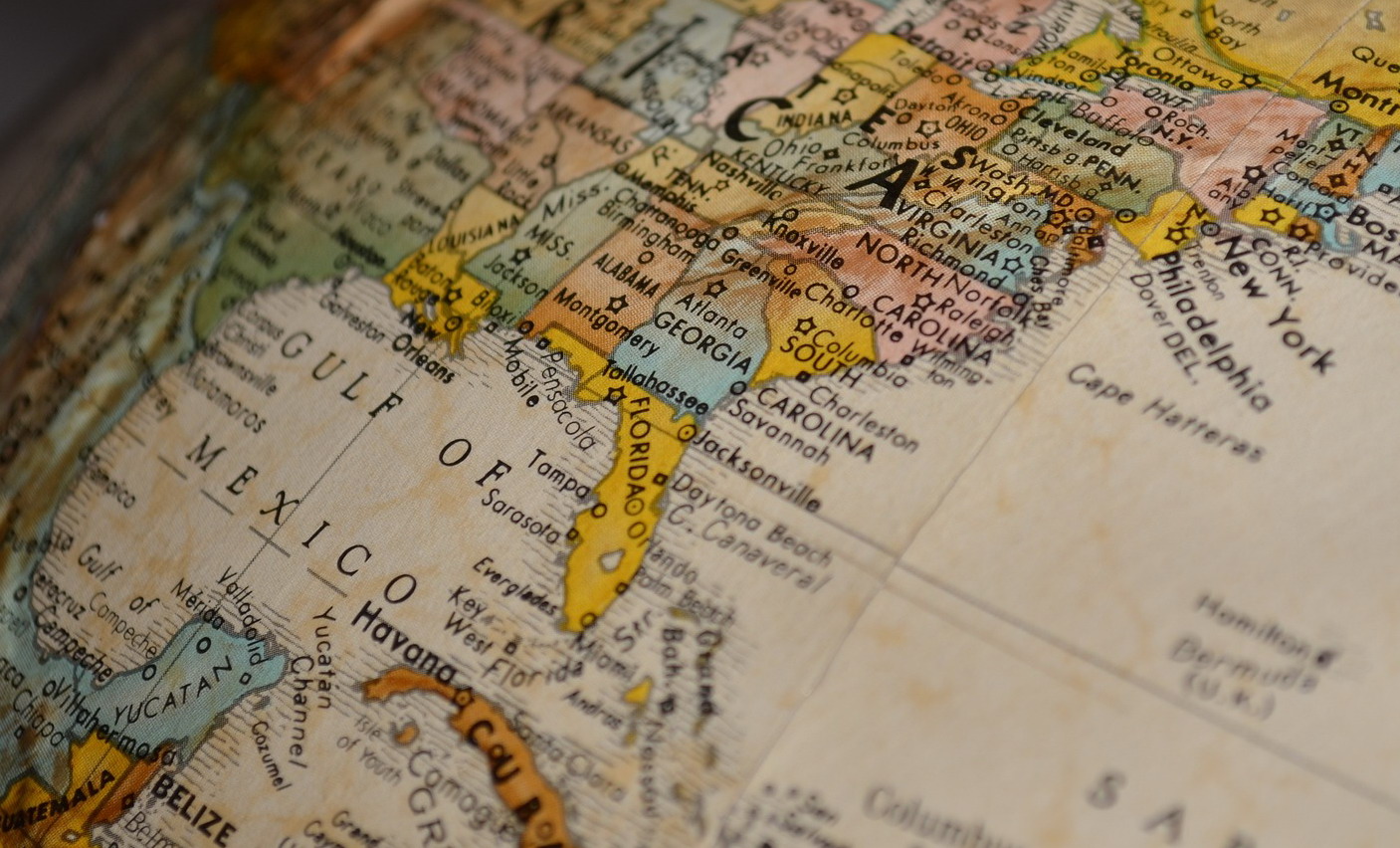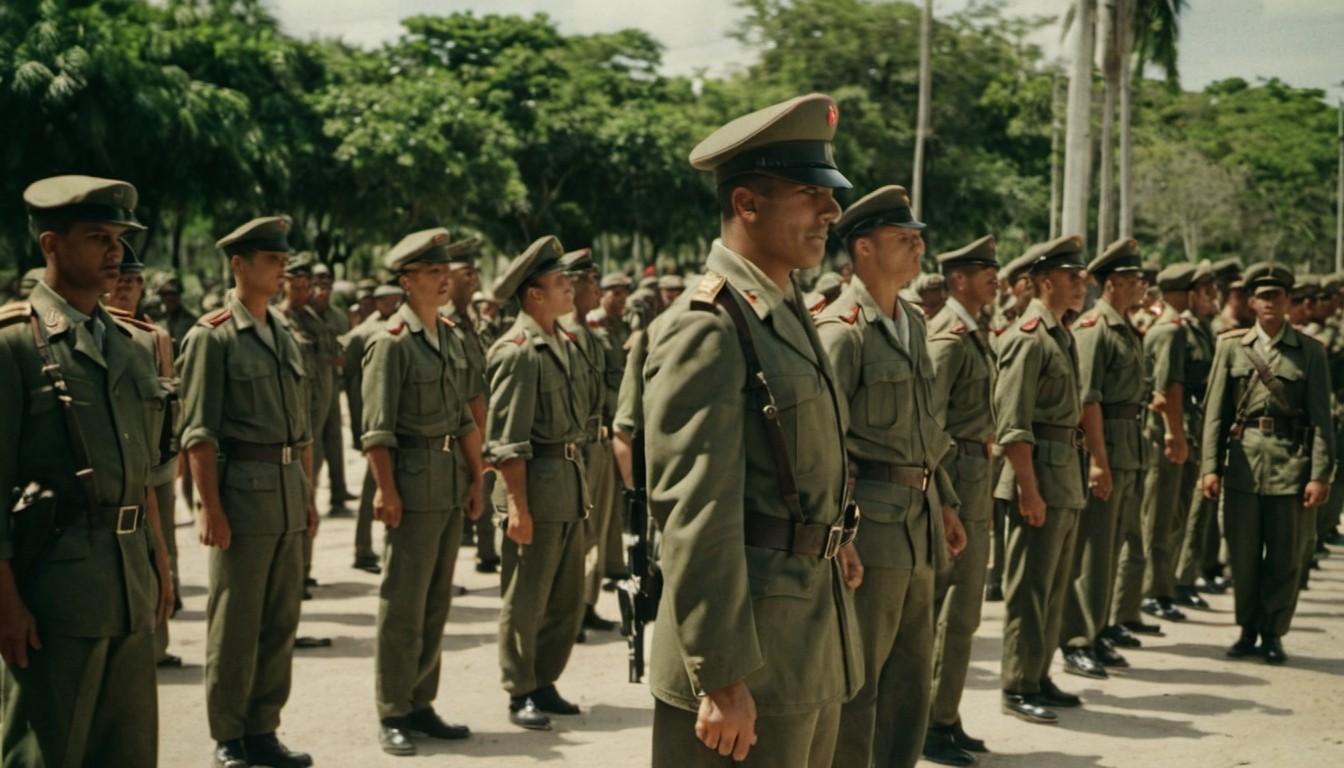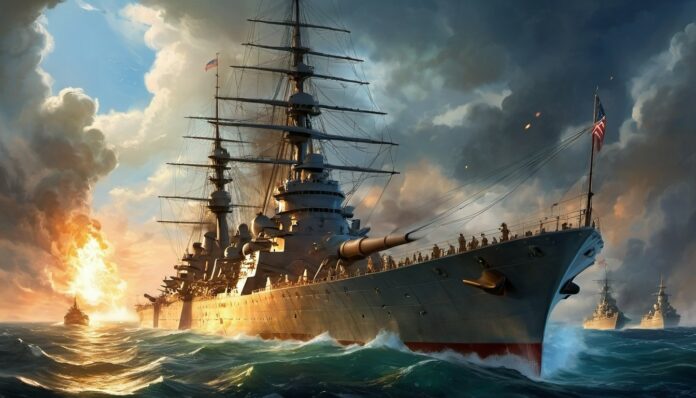The Bay of Pigs invasion was an unsuccessful attempt by a group of Cuban exiles, backed by the U.S. government, to overthrow the communist government of Fidel Castro in Cuba. This event took place in April 1961, during the early years of President John F. Kennedy’s administration.
The United States was concerned about the spread of communism during the Cold War. After Fidel Castro took power in Cuba in 1959, he established close ties with the Soviet Union. This worried the U.S., as Cuba is only 90 miles from Florida. The U.S. government wanted to remove Castro from power to stop the spread of communism in the Western Hemisphere.
Planning the Invasion
The plan for the invasion was developed during President Dwight D. Eisenhower’s administration and was carried out by the CIA. The idea was to train Cuban exiles, who had fled Castro’s regime, to launch an invasion and incite a revolution within Cuba. These exiles formed Brigade 2506.
The Invasion Begins
On April 17, 1961, at around midnight, the invasion force of about 1,400 Cuban exiles, trained and equipped by the CIA, landed at the Bay of Pigs on the southern coast of Cuba. The operation began with an air strike by eight B-26 bombers, aimed at destroying Castro’s air force and ensuring air superiority for the invaders.
However, due to various complications, only a fraction of Castro’s aircraft were destroyed, leaving the Cuban government with significant air capabilities.
The landing site, Playa Girón, was not ideal. The area was a swampy, remote location with difficult terrain that hindered the movement of the invaders. The beachhead quickly became a bottleneck, making it challenging for the brigade to establish a secure position.
The element of surprise, which was crucial to the success of the invasion, was lost because Cuban intelligence had already been alerted to the possibility of an attack. As a result, Castro’s forces were well-prepared and waiting for the invaders.
In the early hours of the invasion, the exiles encountered fierce resistance from local militias and armed civilian volunteers who supported Castro. The Cuban defenders were motivated and well-organized, quickly mobilizing to repel the invaders. Despite the initial setbacks, the exiles managed to advance slightly inland, but their progress was slow and heavily contested.
Communication Breakdown
Communication issues further complicated the invasion. The exiles had limited means to coordinate with each other and with the U.S. advisors. Miscommunication led to confusion among the ranks, and some units became isolated and disoriented in the dense swampland. The lack of reliable intelligence on Cuban troop movements and fortifications added to the challenges faced by the invaders.
Air Support Issues
Air support, which was supposed to be a critical component of the invasion, was severely compromised. President Kennedy, concerned about the international repercussions of overt U.S. involvement, scaled back the planned air strikes.
Only a few planes were authorized to provide support, and they were unable to significantly impact the battle. This left the ground forces vulnerable to air attacks from Castro’s remaining aircraft, which strafed and bombed the invaders with impunity.
Naval Support Challenges
Naval support was also inadequate. U.S. naval ships, including aircraft carriers, were positioned nearby but were not allowed to engage directly. The exiles lacked sufficient naval firepower to fend off Cuban patrol boats, which harassed and sank some of the invasion force’s supply ships.
This loss of supplies, including ammunition and medical supplies, critically weakened the brigade’s ability to sustain the fight.
Local Resistance and Counterattacks
 As the day progressed, Cuban forces, including regular army units and militiamen, launched counterattacks against the invading force. The exiles, despite their training and equipment, were vastly outnumbered and outgunned. The Cuban government quickly mobilized reinforcements, including tanks and artillery, which they used effectively against the invaders.
As the day progressed, Cuban forces, including regular army units and militiamen, launched counterattacks against the invading force. The exiles, despite their training and equipment, were vastly outnumbered and outgunned. The Cuban government quickly mobilized reinforcements, including tanks and artillery, which they used effectively against the invaders.
Immediate Problems
The invasion faced serious issues from the start. The Cuban government knew about the invasion plans, so Castro’s forces were prepared. Additionally, the landing site was a swampy area with difficult terrain, making it hard for the invaders to move quickly.
Within three days, Castro’s troops had captured or killed most of the invaders. More than 1,100 members of Brigade 2506 were taken prisoner. The invasion was a complete failure and a major embarrassment for the Kennedy administration.
Aftermath and Consequences
The failure of the Bay of Pigs invasion had significant consequences. It strengthened Castro’s position in Cuba and pushed him closer to the Soviet Union. This event also damaged the credibility of the U.S. and President Kennedy, both domestically and internationally.
Lessons Learned
The Bay of Pigs invasion taught the U.S. valuable lessons about covert operations and the importance of thorough planning and execution. It also highlighted the risks of trying to influence other countries’ governments and the complexities of Cold War politics.
The Impact on U.S.-Cuba Relations
The invasion further strained relations between the U.S. and Cuba, leading to a more aggressive stance by both nations. This tension eventually contributed to the Cuban Missile Crisis in October 1962, when the world came close to nuclear war.
Remembering the Bay of Pigs
Today, the Bay of Pigs invasion is remembered as a significant event in the history of U.S.-Cuba relations and the Cold War. It serves as a reminder of the challenges and risks involved in foreign intervention and the lasting impact such actions can have on international relations.
